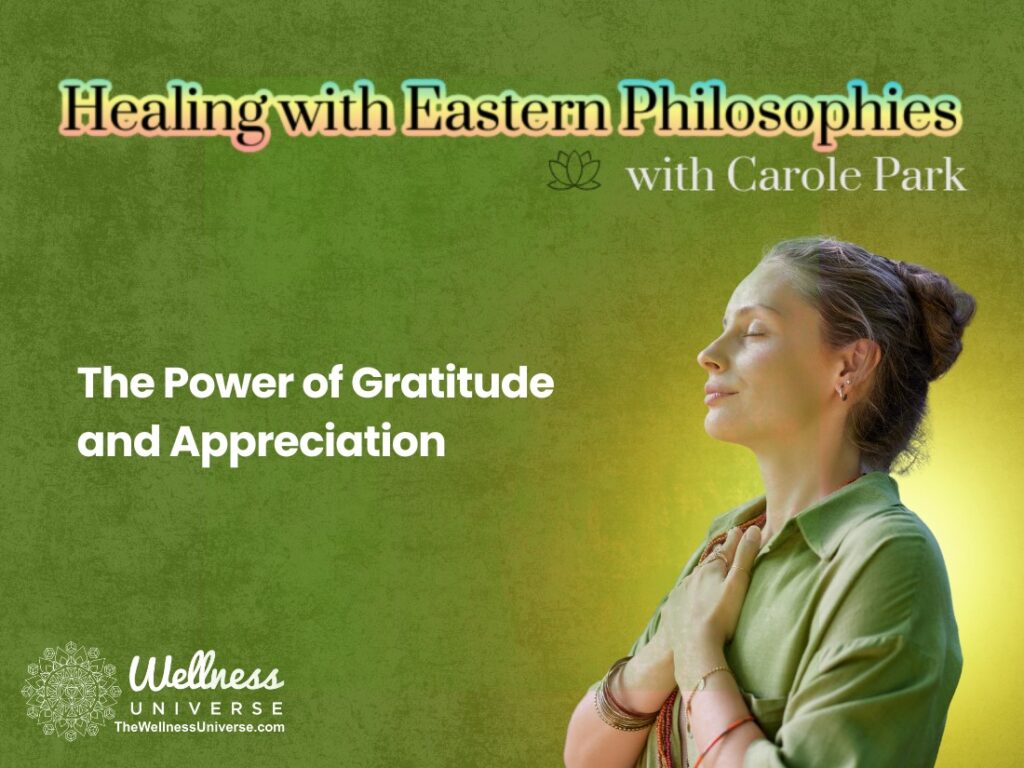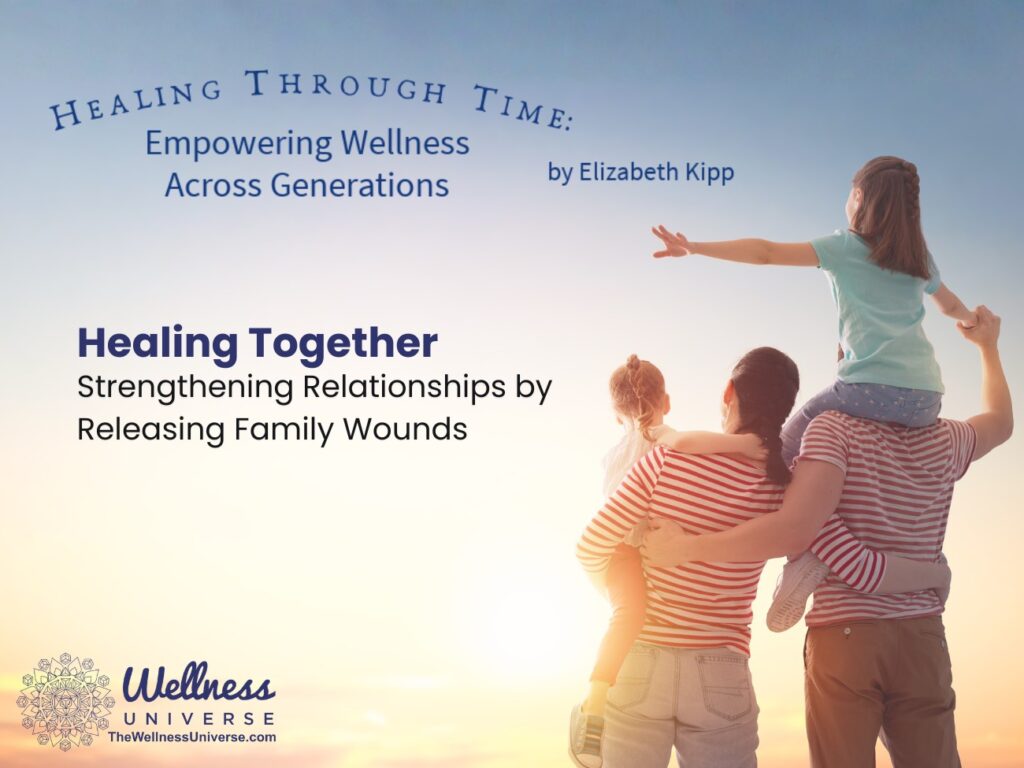If you’ve done any grief work you’ve heard of the five stages of grief, denial, anger, bargaining, depression, leading to acceptance.
This stage model is based on the work of Elizabeth Kübler-Ross in her book On Death and Dying. She proposed a theoretical framework to describe the process one goes through when they are facing imminent death. This stage theory is taught in countless programs for supporting the families of the dying in dealing with their grief. It’s likely that you will hear about these stages if you’ve lost someone close to you.
This stage theory has its shortcomings when applied to grief. The most unhelpful aspect is the idea that people are somehow “guided” through the stages in a neat, linear succession from denial through to acceptance. And, if you aren’t hitting these milestones right on schedule, then, you’re not on track.
The stages model gives you the impression that grief is predictable and creates false expectations of what grief is supposed to be like. We want certainty when we are faced with the unimaginable. We want the reassurance of how this goes, and more importantly, how long it will last and when it will end.
You’re Not Doing It Wrong
Research on the subject has never supported the existence of the stages of grieving. Trying to fit your experience into the “stages of grief” model can make you think that you are doing it “wrong,” or cause unnecessary concern about how you are grieving. This is not helpful, so most grief professionals do not work with this model. More updated models approach grief as a normal, fluid response to loss that everyone experiences differently. There is no “one size fits all” way of explaining the process of grieving.
I hear so many of my clients exclaim, “Oh no, I thought I was done with this,” when they are experiencing a grief trigger. This is especially daunting when it happens several years after their loss, just when they think they are emotionally in the clear and the crying is behind them.
The reality is, when you are grieving, it can feel like you are going through the same feelings over and over again. It can be so discouraging and frightening to feel like you are in an endless loop of pain and sorrow.
Here’s another way to look at grief…
The Shape of Grief: A Spiral
I see the process of grieving as a spiral. You can move along the spiral, making great progress, feeling better in general, then you hit another wave of sadness, yearning, anger, etc. It may feel exactly like the last time you felt this way. If you accept your feelings, you will find that their intensity and duration are lessened with each step along the way or with each turn of the spiral.
The symbol of the spiral has spiritual meanings in many cultures. Spirals are found in ancient artwork going back to the Neolithic age. Many Celtic artifacts are decorated with spiral imagery and the spiral is seen in nature (seashells, plants, rams’ horns, tornadoes, etc.). Spiral galaxies give cosmic meaning to this symbol.
The spiral represents moving along a path of outer consciousness (the material, physical world) towards the inner realm of the soul. Walking a spiral labyrinth is a practice still being carried out today of calming and focalizing the mind to achieve greater peace and, arriving at the center of the spiral, to reach a receptive inner state for receiving spiritual guidance.
The spiral is attributed to the following meanings: balance, progress, life cycles, surrender, change, initiation, centering, movement, expansion, growth, evolution, awareness, connection to Spirit, taking a journey, and self-development. Spirals represent a person coming back to the same point in their life with new awareness, greater understanding, and increased capacity to deal effectively with life.
I see that this is a very valid and empowering way of relating to the process of grieving. Grief can be viewed as a path of moving forward, passing in and out of the feelings of hope and hopelessness, then regrouping to stabilize yourself in order to move forward again into positive territory.
Seeking Support
Finding support for yourself can reassure you that your grieving process is “normal” and that there’s nothing wrong with you. I encourage you to be wary of anyone who brings out the “stages theory” to explain the process to you. It can be frustrating to have your experience explained to you in such a way that it doesn’t match your experience. It can make you feel worse, rather than better.
“…grief counseling is often regarded as a core counseling skill, meaning any counselor should be able to provide it, but many counselors have not kept current and are using older models [such as the stages theory]. Seeing someone steeped in these older models would be like going to an oncologist using therapies and methods current in 1969!” – Dr. Kenneth J. Doka
Grief is a Journey
On average it takes a person 5-8 years to integrate a significant loss into their lives. This is because most people are told that all they can do is passively let time heal their grief. The good news is, you can accelerate your healing with the right kind of support.
Making the inner and outer adjustments to your losses, adapting to changes in your world-view, your relationships, your health, and well-being, your spiritual beliefs…these are the tasks that grief thrusts upon you. Spiraling into your center and finding your sense of self is also a big part of this process. It is a journey of facing pain, turning away to find relief, and facing it again that inevitably moves you inward and upwards along the spiral to the center of your being-ness.
This is where your strength lies.
You’re invited to check out more information about my program, Rebuilding Your Life After Loss.
– Carrie
All information, content, and material is for informational purposes only and is not intended to serve as a substitute for the consultation, diagnosis, and/or medical treatment of a qualified physician or healthcare provider. The information supplied through or on this page, or by any representative or agent of The Wellness Universe, is for informational purposes only and does not constitute medical, legal, or other professional advice. Health-related information provided through this website is not a substitute for medical advice and should not be used to diagnose or treat health problems or to prescribe any medical devices or other remedies. The Wellness Universe reserves the right to remove, edit, move or close any content item for any reason, including, but not limited to, comments that are in violation of the laws and regulations formed pursuant to the Federal Food, Drug, and Cosmetic Act. None of the posts and articles on The Wellness Universe page may be reprinted without express written permission.

Join The Wellness Universe Book Club to connect with authors, ask questions, engage in wonderful, inspiring conversation, and more. Free to join!


Carrie Doubts is a Transformational Coach specializing in supporting people through life transitions. Her 9-step Program, Rebuilding Your Life After Loss, helps people to reconnect with their heart, reclaim their power, and re-align with their purpose to create their life’s next chapter.


